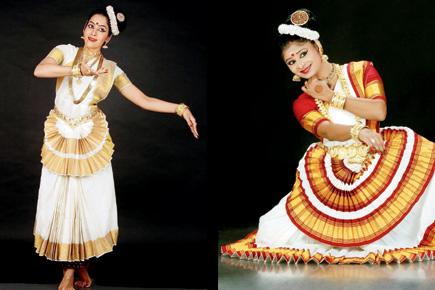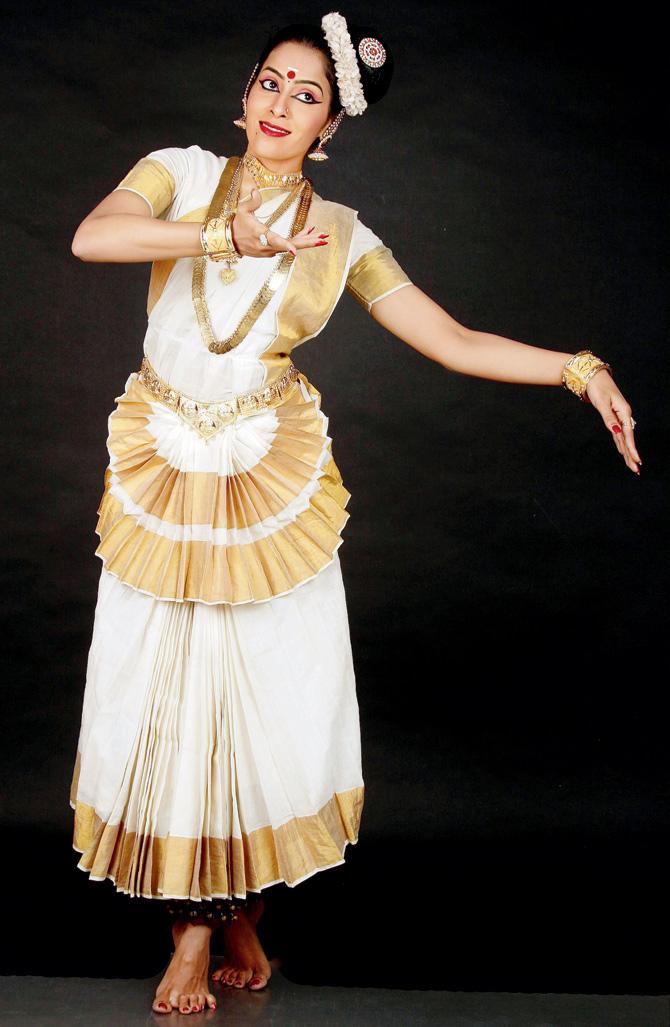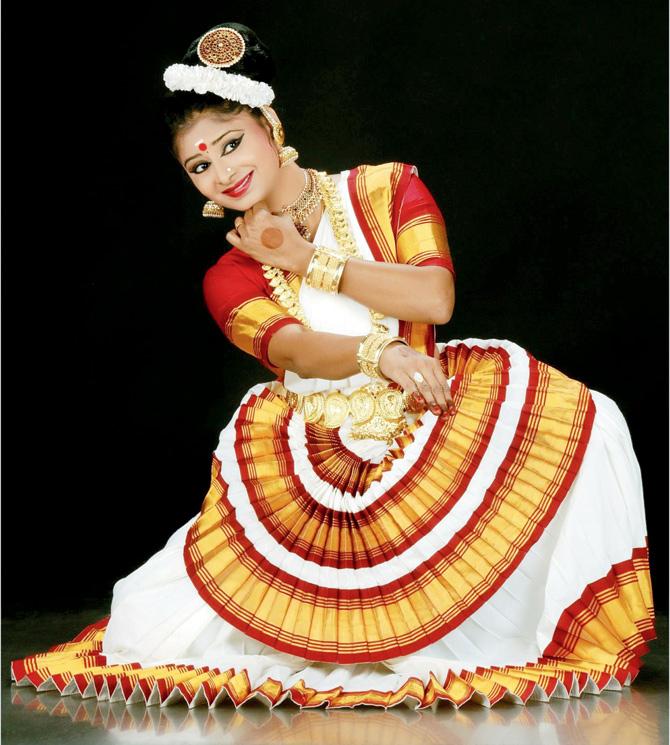As Mohiniattam exponents, Saji Menon and Krishna Niddodi, take to the stage for a duet performance this evening, here’s all you need to know about this Classical dance from Kerala

Krishna Niddodi and Saji Menon
This evening, witness Mohiniattam exponents, Krishna Niddodi and Saji Menon, cast a spell on the audience with a duet performance at NCPA. Both, Menon and Niddodi have been disciples of the dance exponent, Dr Kanak Rele of the Nalanda Dance Research Centre. “A lot of partner work is involved in this rendition. Having learnt under the guidance of the same guru with the same technique, has helped us to grow the understanding between us which is reflected in our performance,” says Niddodi.

Krishna Niddodi
ADVERTISEMENT
Ahead of their performance, the guide compiles interesting aspects about this traditional dance form from Kerala.
1. Mohiniattam portrays feminine love in its myriad forms — carnal, devotional and maternal — with stress on the laasya (grace) and bhaava (expressions). It was performed only in the temple premises and royal courts till the early 20th century. Some of the major contributions to this art form were by the King of Travancore Swathi Thirunal, the 19th Century poet Irayimman Thampi and the danseuse Kutty Kunju Thankachi. After the times of Swathi Thirunal, the downfall of Mohiniattam started. It somehow degenerated to a dance that satisfied the epicurean life of a few provincial landlords. The renowned Malayalam poet, Vallathol Narayana Menon revived it and gave it the status of a Classical art form through his Kerala Kalamandalam; an institution he established to teach Kathakali and Mohiniattam.

Saji Menon
2. This dance form is sans any overtones of natya (drama) technique as it is performed exclusively by women. It is full of sukumaara (soft/feminine) type of movements.
3. The most unique and significant feature of this dance form is its costume and hairstyle. The costume and jewellery identify with the pastoral charm of Kerala.
4. The style of singing that Mohiniattam follows is Sopaana Sangitam, also known as Bhaava Sang-itam, where the emphasis is laid more on bhaavas.
5. Body kinetics are of two types — volution and revolution. Mohiniattam follows revolution movements or trace patterns that are in circular or other shapes derived from the spiral. They are manifested beautifully in the form of the figure 8, placed horizontally or aandolika (oscillating).
6. The basic posture of this dance form resembles that of Kathakali except that the feet are planted flat on the ground and not balanced on the edges. The rich abhinaya of Kathakali is softened and imbued with grace and delicate movements.
7. The body movements can be collectively termed as Nayana-abhinaya, the movements of eyes, eyelids and eyebrows.
8. Apart from Mrudan-gam, violin, maddalam etc, a unique cylindrical drum known as eddakya is integral to this dance form.
 Subscribe today by clicking the link and stay updated with the latest news!" Click here!
Subscribe today by clicking the link and stay updated with the latest news!" Click here!







